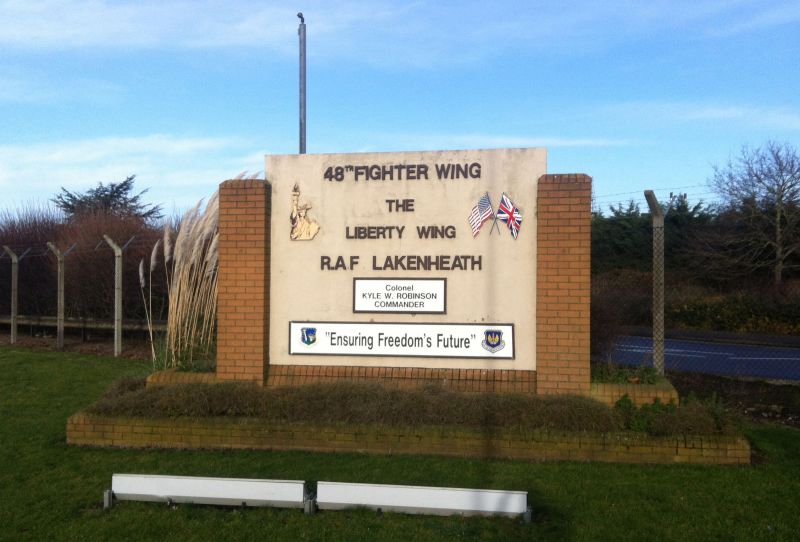The recent sightings of unidentified drones flying over three critical U.S. Air Force bases in Britain have raised concerns. The bases from which these incidents were reported include RAF Fairford in Gloucestershire, RAF Lakenheath in Suffolk, and RAF Mildenhall, also in Suffolk. The drones seen were not amateur recreational devices. They were suspected to exhibit high-tech capabilities and advanced flight characteristics, coming dangerously close to American military installations, which sent alarm bells ringing.
The major concern lies in the potential security breaches coupled with the enormous threat these potential spying machines pose. The unidentified drones were reportedly very large, capable of flying at a high altitude and could effortlessly match the speed and agility of military aircraft whizzing off the runway, all of which certainly sparks worry amongst defense officials.
RAF Fairford, one of the bases where these unidentified drones were spotted, is regarded as America’s forward operating base on the European continent. This highly secured facility operates U-2 spy planes and B52 bombers, so any security breach is a cause for significant concern. The drones were sighted near the base, hovering in prohibited airspace, potentially putting the base personnel at risk and compromising the strategic operations of the base.
The RAF Lakenheath and RAF Mildenhall are equally strategic and significant bases. RAF Lakenheath houses the 48th Fighter Wing comprised of F-15E Strike Eagles and F-15C Eagles in addition to other operational squadrons. RAF Mildenhall, on the other hand, serves as the main gateway for American forces into Europe. The presence of unidentified drones over these bases could impact operations, affect morale, and possibly even pose a risk to service members and aircraft.
The drones’ advanced characteristics concerning speed and agility, their ability to fly at great heights, and the proximity to these high-security American air bases raise questions about their origin and purpose. It is relevant to note here that any drone operator flying in these controlled areas without permission from FAA controllers is not only breaching security procedures but also breaking the law.
The UK’s Defence Command and the U.S. Air Force, upon becoming aware of these sightings, sprung into action with investigations to maintain the sanctity of their national security. These investigations involve multiple agencies both from the British and U.S. governments, focusing on identifying the source of these unmanned aerial machines.
The drone incidents clearly reflect that the threats to airspace security are undergoing a critical shift with the advent of more sophisticated and complex technologies. This situation prompts the need for more robust and dynamic mechanisms to detect, deter, and defend against such threats. The efforts reflect the ongoing necessity for militaries worldwide to invest in advanced technology strategies to secure their space effectively, protecting their interests against the increasing threats from unidentified drones in today’s rapidly evolving security landscape.
Circumstances such as these also underscore the importance of bilateral cooperation between nations. The recent sightings have ignited a joined up effort between the U.S. and U.K., enhancing their joint security measures and ultimately fortifying their respective defensive stances, while building closer military and diplomatic ties. Inter-agency and international cooperation becomes critical in formulating policies addressing these new aerial threats.
In conclusion, the recent occurrences of unidentified drones over the U.S. bases in the U.K. demonstrate the dynamic nature of security threats facing the world today. Nations are left with no choice but to continually update their security protocols and mechanisms in the face of these evolving challenges. As technology continues to advance and proliferate, deterrence and defense measures must keep pace, prompting governments to invest in novel protective strategies and cooperative tactics to ensure the safety of not only military personnel and assets, but ultimately the citizens they protect.




